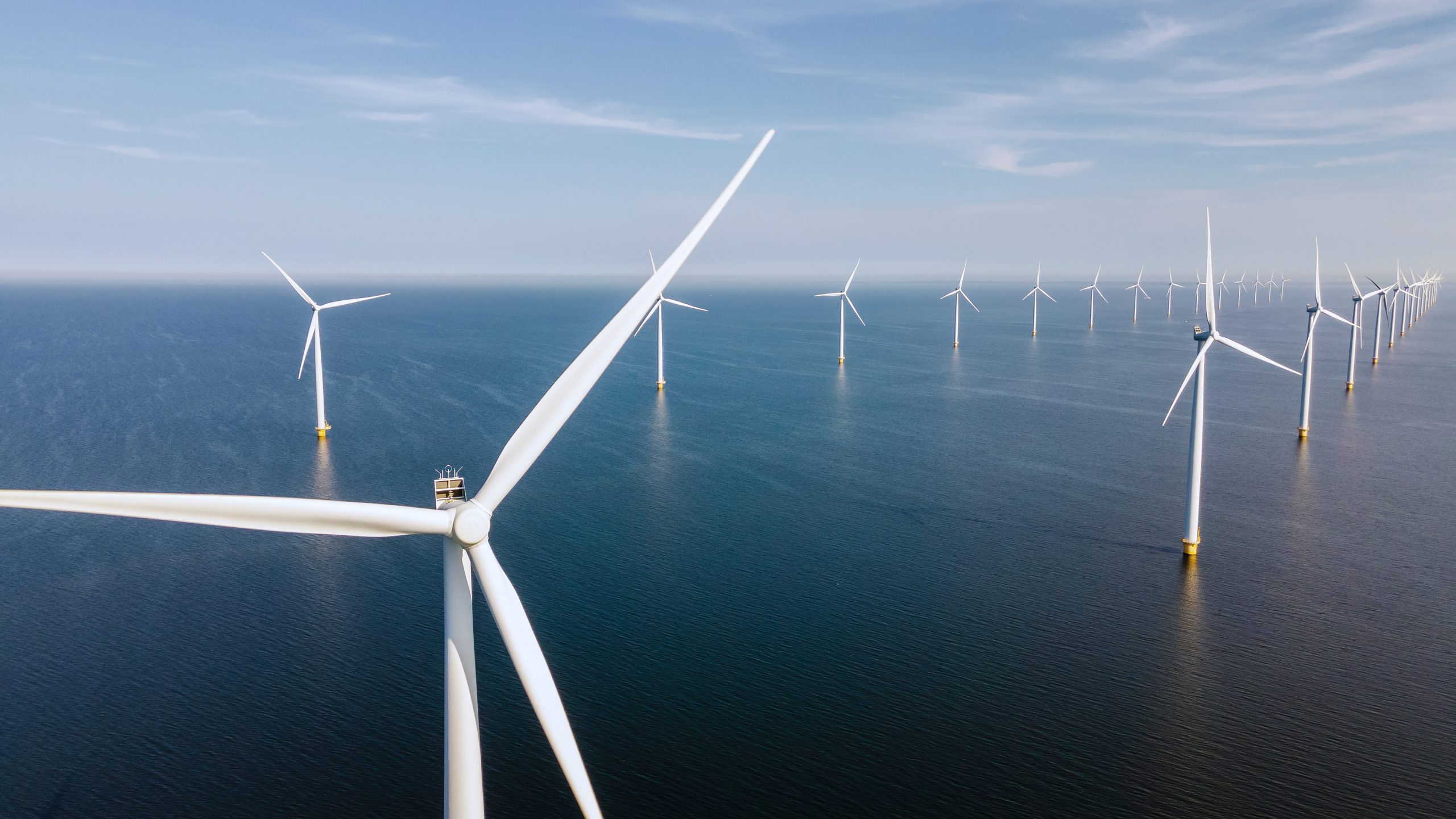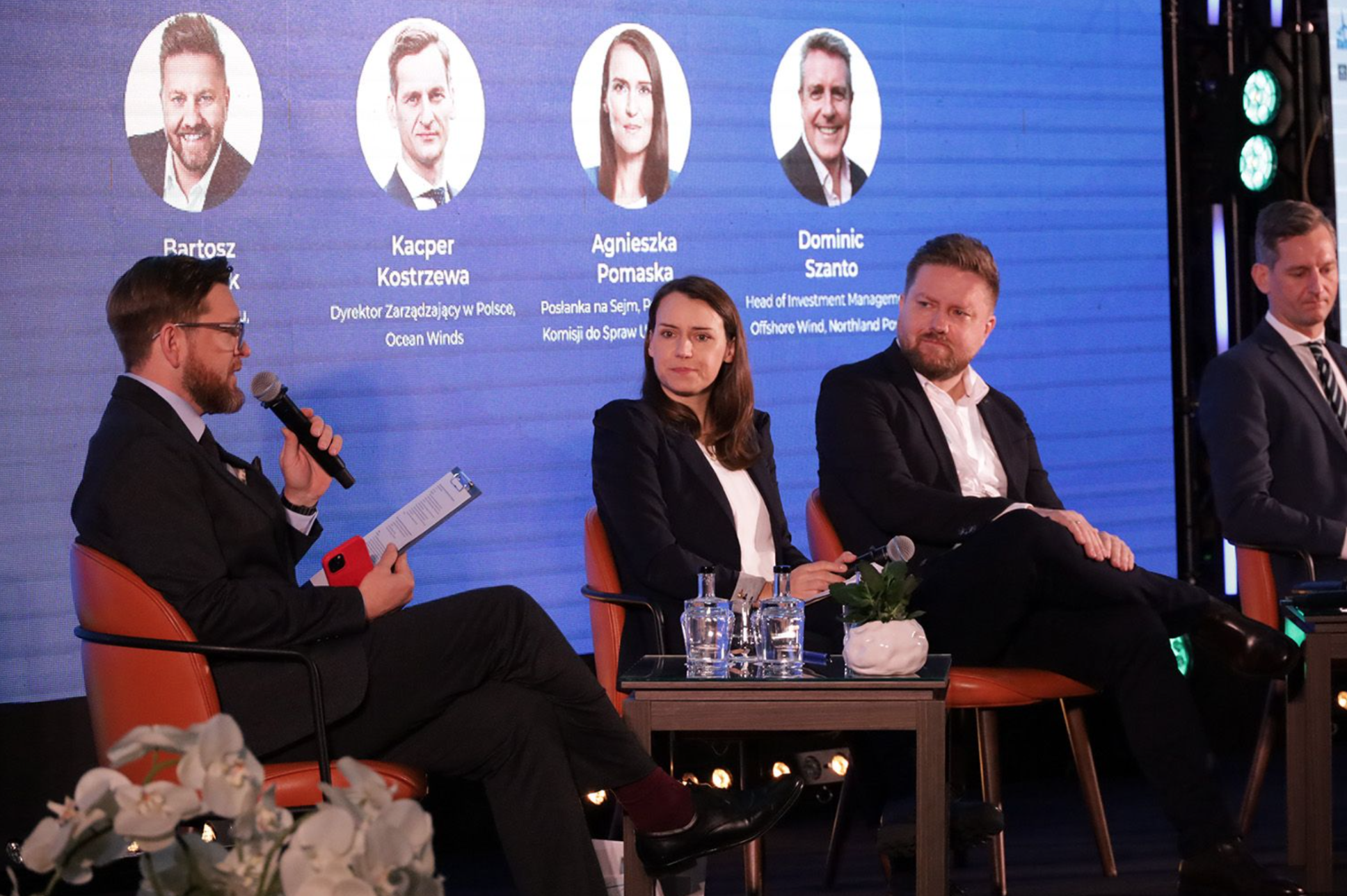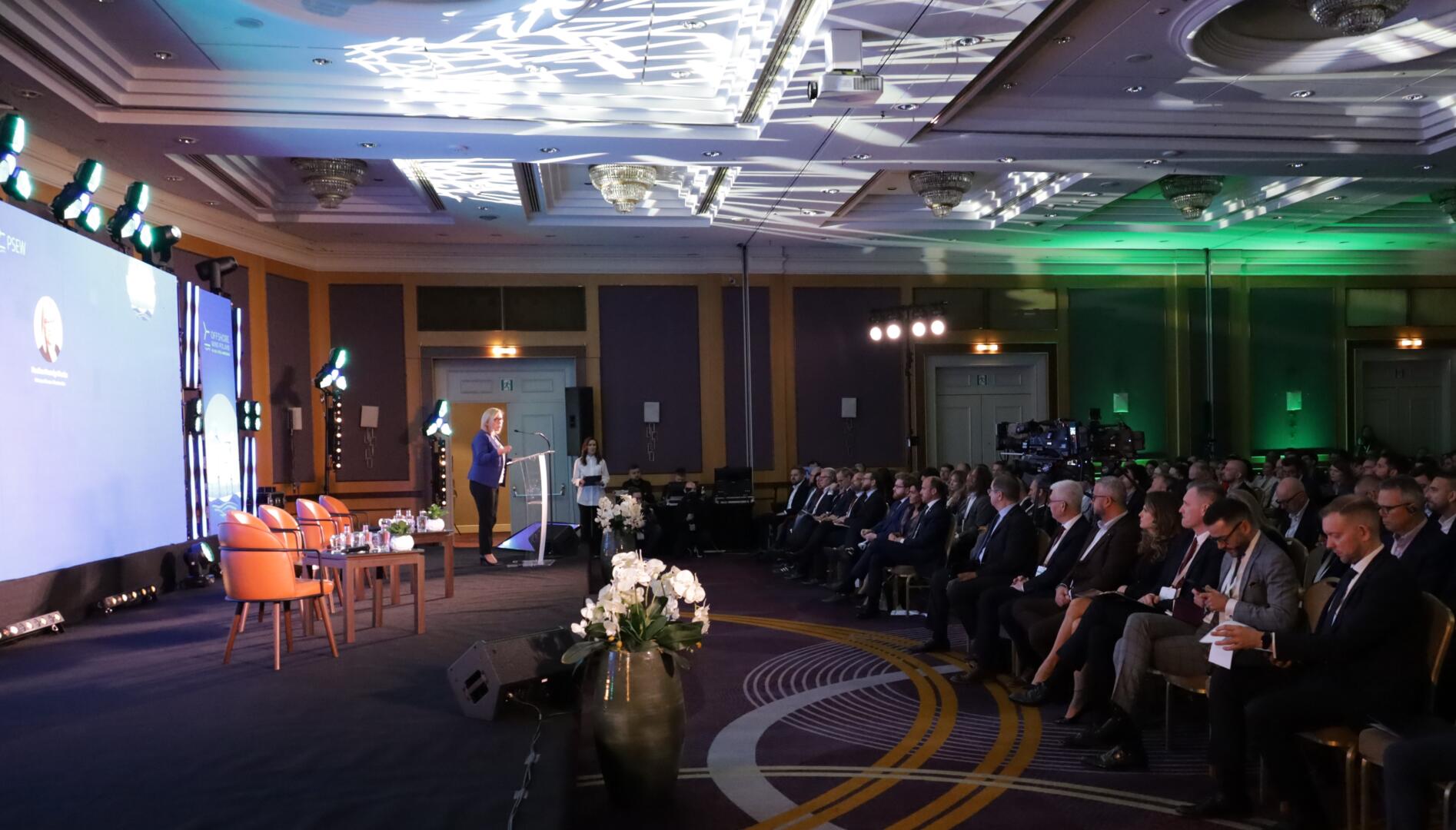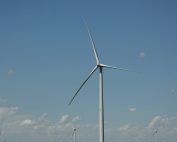Following the Government’s approval of the location for the development of an offshore wind farm in the Baltic Sea and the requirements for tenderers, the National Energy Regulatory Council (NERC) will launch a tender for the selection of a developer on 30 March.
“Generating electricity from renewable sources allows us to move purposefully towards energy independence for Lithuania. In addition to the solar and wind farms already under construction or planned on land, we need to exploit the potential of offshore wind. With the implementation of two offshore wind farm projects alone, we will be able to produce half of the electricity the country needs today, and at the same time lower prices for the residents,” said Minister of Energy Dainius Kreivys.
According to him, offshore wind power will plug the last hole in the shortage of local generation and enable a huge growth in local green energy.
An offshore wind farm with 700 MW of generating capacity is expected to come on stream by 2028 in Lithuania’s territorial waters in the Baltic Sea, almost 36 km offshore.
The government has approved requirements for the financial capacity of the tenderers, their experience, environmental obligations and contributions to the coastal community. These requirements will be included in the tender conditions for prospective offshore wind farm developers. The developer who offers the highest development fee to the State will win the tender.
According to a government decision, tenderers will have to have an average three-year revenue of at least EUR 250 million per year and at least 20 per cent of the project value in equity. In addition, the developer will have to provide evidence that it has completed or has acquired the right to develop at least one offshore project with a capacity of at least 150 MW.
The approved requirements provide incentives to reduce emissions of greenhouse gases (GHG) that contribute to climate change during the construction of an offshore wind farm. At least 3 per cent of the construction of the farm will have to be carried out by small and medium-sized enterprises.
The successful tenderer will be required to contribute at least EUR 5 million to the environmental protection of the Lithuanian maritime area. Once the offshore wind farm is built, the developer will be obliged to make an annual contribution (EUR 1 per 1 MWh of electricity generated) to the communities of municipalities in the vicinity of the farm. Preliminary estimates suggest that this could amount to around EUR 3 million per year.
The developer will have to carry out all the necessary studies, environmental impact assessment and other actions required for the development of the farm. The successful tenderer will also be responsible for the connection to the onshore transmission grid and for the imbalance caused by the electricity generated.
Another tender for the development of an offshore wind farm in Lithuanian territorial waters near Palanga is planned to be launched in autumn this year. Both offshore wind farms would provide around half of Lithuania’s current electricity needs and reduce the country’s dependence on electricity import.
Source: Ministry of Energy of the Republic of Lithuania













